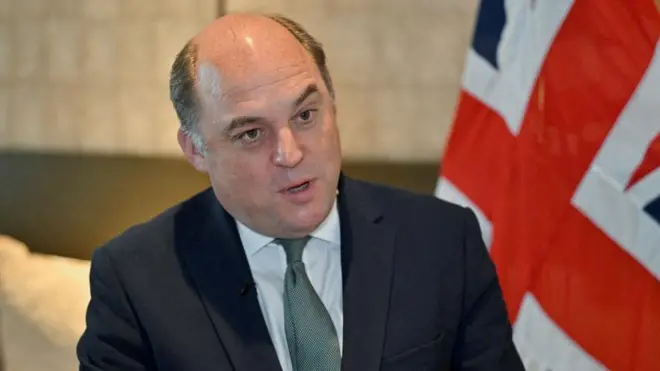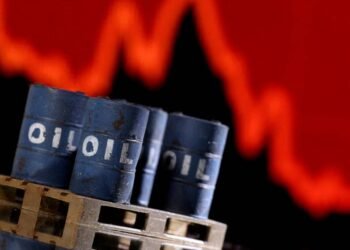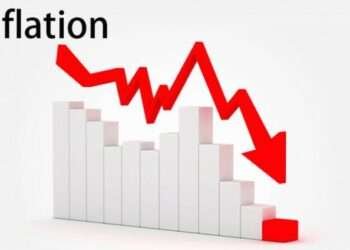The UK government is facing backlash over its recently announced defence spending increase, with critics calling it mere “spin and tinkering” rather than the significant boost required to address growing security threats.
The controversy comes as the Royal Air Force’s entire fleet of Puma helicopters was retired this week, part of a cost-saving initiative first revealed in November 2024. The decision to phase out still-airworthy aircraft before replacements are available has raised concerns about a capability gap, despite assurances from Chancellor Rachel Reeves and Defence Secretary John Healey about strengthening the defence budget.
Sir Ben Wallace, the UK’s longest-serving Conservative defence secretary, expressed disappointment, arguing that the government has failed to take the necessary steps to reinforce national security.
This comes against the backdrop of former US President Donald Trump’s repeated warnings that Europe must stop relying on the United States for defence funding. “We are at the dawn of a new era of insecurity across the world,” Sir Ben stated, emphasizing the urgent need to rearm.
“The US has warned us for a decade about not taking them for granted, and we all did nothing. In Germany, Poland, and France the penny has dropped, and they have embraced a necessary culture change and re-prioritisation of government spend.
“In the UK, the government still thinks it is about spin and tinkering. It fools no one, and we risk losing our credibility and leadership on defence amongst allies.”
Sir Ben Wallace

In Reeves’s spring statement last Wednesday, she announced an additional £2.2 billion for defence spending in the coming financial year. However, multiple military and defence industry sources argue this increase falls short of the level needed to modernize the British Army, Royal Navy, and Royal Air Force at the speed required to address emerging threats.
Asked whether the funding was sufficient, several military sources and a defence industry expert collectively responded with a firm “no.”
“This is just another sticking plaster that overlooks decades of underinvestment and chronic financial mismanagement of our armed forces,” one industry source said.
“Increasing spending or a focus on ‘novel technologies’ ignores the fact that we have let a broken system flourish. Time and time again, we see celebration over procuring outdated solutions while their manufacturers get away with significant delays or overspends with seemingly few repercussions.
“While we continue to spin and fight over tiny percentages of spending, we are allowing our armed forces to get hollowed out in front of us, hoping that government soundbites will provide the deterrence that our current equipment can’t.”
Military sources
Defence Budget Struggles to Keep Up
Ms. Reeves told MPs that the additional £2.2 billion was a “down payment” toward Prime Minister Keir Starmer’s pledge to raise defence spending to 2.5% of GDP by April 2027. Currently, defence expenditure stands at approximately 2.3% of gross national income, with the new funds expected to increase it slightly to 2.36%.
The chancellor, defence secretary, and prime minister have repeatedly referred to this budget increase as “the biggest sustained increase in defence spending since the end of the Cold War.” However, defence insiders challenge this claim, arguing that the military budget has suffered repeated cuts since the fall of the Soviet Union.
A military source acknowledged that the extra funding for the financial year ending March 2026 was a step in the right direction but cautioned that it would only keep the defence sector on “life support.”
According to the source, the situation will only begin to improve slightly in two years when the defence budget is projected to finally reach 2.5% of GDP.
As concerns mount over the UK’s defence capabilities, critics continue to push for a more substantial commitment to military investment. Without immediate and meaningful changes, the nation risks falling behind its European counterparts in military preparedness.
READ ALSO: Ghana Cedi’s True Value Is Around GH¢18 Despite Q1 Ranking- Analyst


















